remote health monitoring has witnessed significant advancements in recent years, revolutionizing the way healthcare professionals monitor and manage patients’ health remotely. From wearable devices that track vital signs to advanced telemedicine platforms, the latest innovations in remote health monitoring have the potential to improve patient outcomes, enhance access to care, and empower individuals to take charge of their own health. In this article, we will explore some of the cutting-edge technologies and solutions that are reshaping the landscape of remote health monitoring, pushing the boundaries of what is possible in the realm of healthcare delivery.
Remote health monitoring has revolutionized the healthcare industry, providing numerous benefits for both healthcare professionals and patients. With the rapid advancements in technology, there are several innovative solutions that have emerged in recent years. In this article, we will explore the latest innovations in remote health monitoring and their potential impact on the field.
Table of Contents
What Are The Latest Innovations In Remote Health Monitoring?
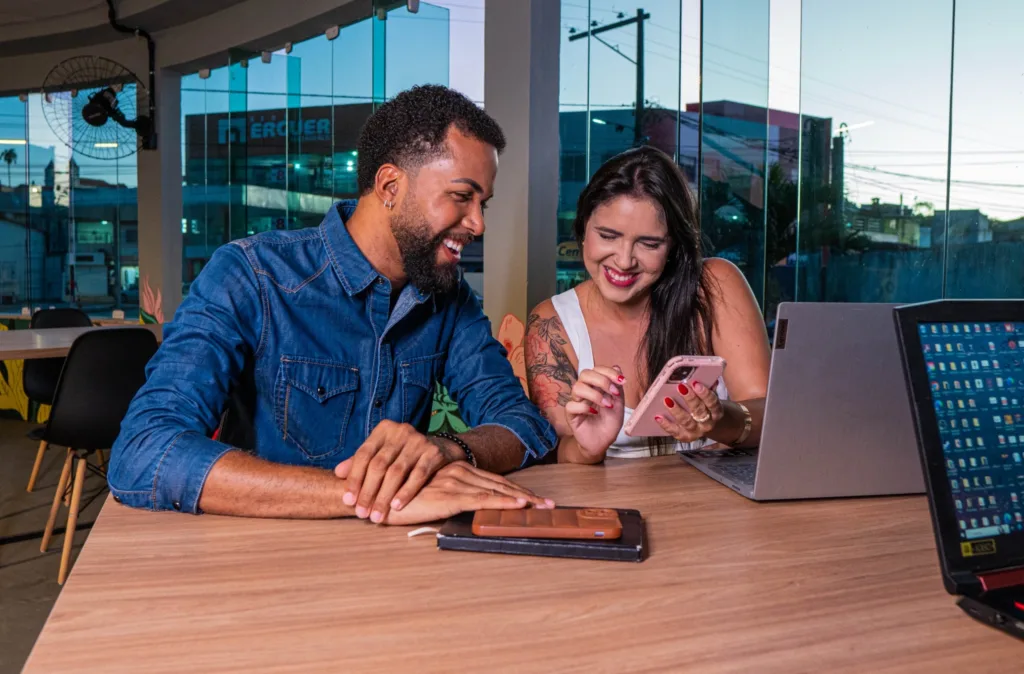
1. Wearable Devices
wearable devices have gained significant popularity in recent years, providing individuals with the ability to monitor their health and fitness levels on-the-go. The two most common types of wearable devices are smartwatches and fitness trackers.
1.1 Smartwatches and Fitness Trackers
Smartwatches and fitness trackers are equipped with sensors that can track various health metrics such as heart rate, sleep patterns, and physical activity. These devices provide real-time data that can be accessed through mobile applications, allowing individuals to monitor their health and make informed decisions to improve their overall well-being.
1.2 Remote Monitoring Wearables
Remote monitoring wearables take the concept of wearable devices further by enabling healthcare professionals to remotely monitor their patients’ health conditions. These wearables are equipped with sensors that can continuously monitor vital signs such as heart rate, blood pressure, and oxygen levels. The data collected from these wearables is transmitted to healthcare providers, allowing them to monitor their patients’ health in real-time and intervene if necessary.
2. Telemedicine
Telemedicine has gained prominence in recent years, especially during the COVID-19 pandemic, as it allows patients to consult with healthcare professionals remotely. There are various types of telemedicine solutions available, including telehealth apps and virtual doctor visits.
2.1 Telehealth Apps
Telehealth apps provide individuals with the ability to schedule virtual appointments with healthcare professionals, eliminating the need for in-person visits. These apps often include features such as secure messaging, video conferencing, and health record access, enabling patients to receive personalized care from the comfort of their own homes.
2.2 Virtual Doctor Visits
Virtual doctor visits, also known as teleconsultations, allow patients to consult with healthcare professionals remotely through video conferencing platforms. These visits provide a convenient and efficient way for patients to receive medical advice, discuss their symptoms, and get prescriptions without physically visiting a healthcare facility.
3. Artificial Intelligence and Machine Learning
Artificial Intelligence (AI) and Machine Learning (ML) have made significant strides in the healthcare industry, particularly in the field of remote health monitoring. These technologies have enabled the development of predictive analytics and health monitoring algorithms.
3.1 Predictive Analytics
Predictive analytics leverages AI and ML algorithms to analyze large amounts of patient data and identify patterns that can predict future health outcomes. This technology allows healthcare professionals to proactively intervene and provide personalized care to patients at risk of developing certain conditions.
3.2 Health Monitoring Algorithms
Health monitoring algorithms use AI and ML techniques to analyze real-time patient data and identify any abnormalities or changes in health conditions. These algorithms can detect early signs of deterioration or exacerbation of a medical condition, enabling timely intervention and potentially preventing adverse health events.
4. Internet of Things (IoT)
The Internet of Things (IoT) has paved the way for interconnected devices in the healthcare industry, enabling remote health monitoring through connected medical devices and remote patient monitoring systems.
4.1 Connected Medical Devices
Connected medical devices, such as blood glucose monitors and blood pressure cuffs, can transmit patient data to healthcare providers in real-time. This allows for continuous monitoring and timely intervention, particularly for patients with chronic conditions who require regular monitoring.
4.2 Remote Patient Monitoring Systems
Remote patient monitoring systems integrate various IoT devices and sensors to track and transmit patient data to healthcare providers. These systems enable healthcare professionals to remotely monitor patients’ vital signs, medication adherence, and overall health status, improving patient outcomes and reducing the need for frequent hospital visits.
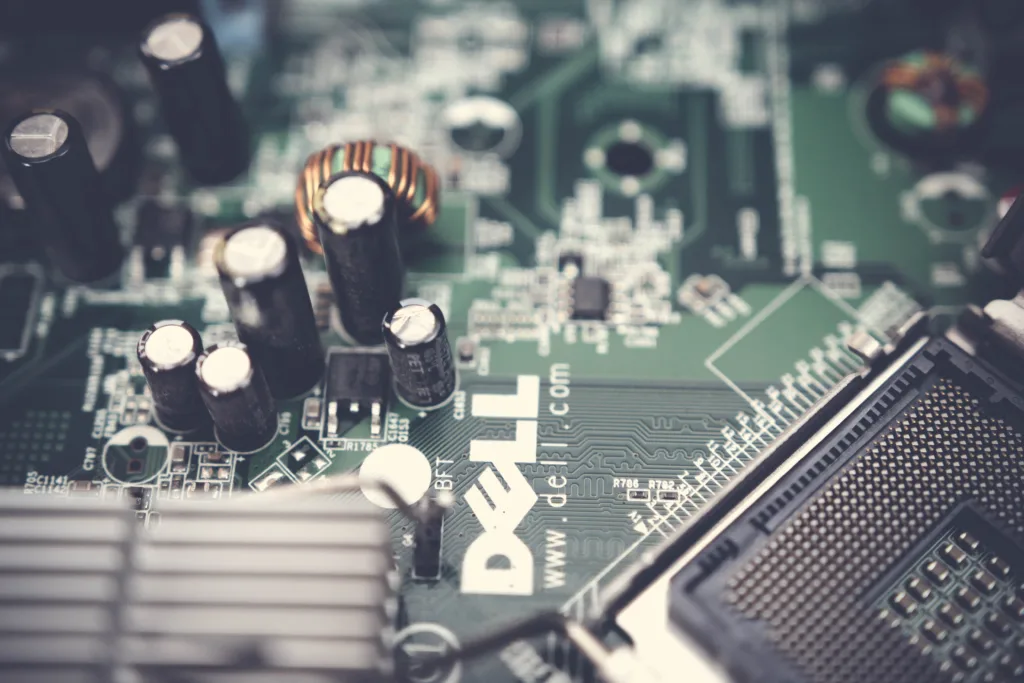
5. Virtual Reality
Virtual Reality (VR) has found its way into healthcare, providing immersive training for healthcare professionals and virtual rehabilitation for patients.
5.1 Immersive Training for Healthcare Professionals
Virtual reality technology allows healthcare professionals to participate in immersive training simulations that replicate real-life scenarios. This enables them to acquire and enhance their clinical skills in a safe and controlled environment, ultimately improving patient care outcomes.
5.2 Virtual Rehabilitation
In the field of physical therapy and rehabilitation, virtual reality is being used to create immersive and interactive environments for patients to engage in therapeutic exercises. The use of VR in rehabilitation has shown promising results in improving patient motivation, engagement, and overall outcomes.
6. Blockchain Technology
Blockchain technology is gaining recognition in healthcare for its potential to enhance data security and interoperability.
6.1 Secure Health Data Management
Blockchain technology provides a decentralized and secure platform for storing and managing health data. Each transaction or update is recorded on a public ledger, ensuring transparency and preventing unauthorized access or tampering.
6.2 Trusted Interoperability
Blockchain can facilitate trusted interoperability between different healthcare systems and providers, allowing for secure exchange and sharing of patient data. This can streamline care coordination, improve patient outcomes, and enhance the overall efficiency of the healthcare ecosystem.
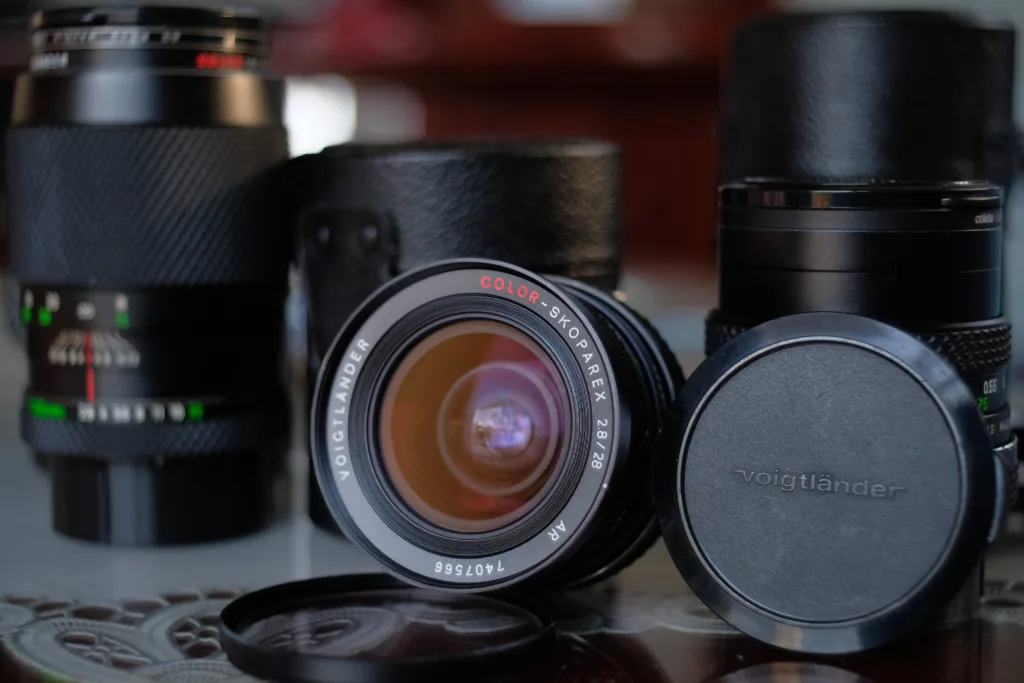
7. Big Data Analytics
Big data analytics plays a crucial role in remote health monitoring by enabling real-time data processing and population health management.
7.1 Real-Time Data Processing
Remotely collected patient data, combined with big data analytics, allows for real-time data processing and analysis. This enables healthcare professionals to monitor patients’ health conditions promptly, identify trends, and make informed decisions about their care.
7.2 Population Health Management
Big data analytics can aggregate and analyze large datasets to identify population health trends, disease patterns, and risk factors. This information can help healthcare organizations develop targeted interventions, preventive strategies, and improve overall population health management.
8. Remote Monitoring Apps
Remote monitoring apps provide individuals with the ability to track their vital signs and medication adherence remotely.
8.1 Vital Sign Monitoring
Vital sign monitoring apps allow individuals to track their heart rate, blood pressure, oxygen levels, and other vital signs using their smartphones or wearables. These apps can provide real-time data and alerts to individuals and their healthcare providers, enabling timely intervention if necessary.
8.2 Medication Adherence Tracking
Medication adherence tracking apps help individuals manage their medications by providing reminders and tracking their adherence. These apps can send notifications to remind individuals to take their medications, increasing medication compliance and improving treatment outcomes.
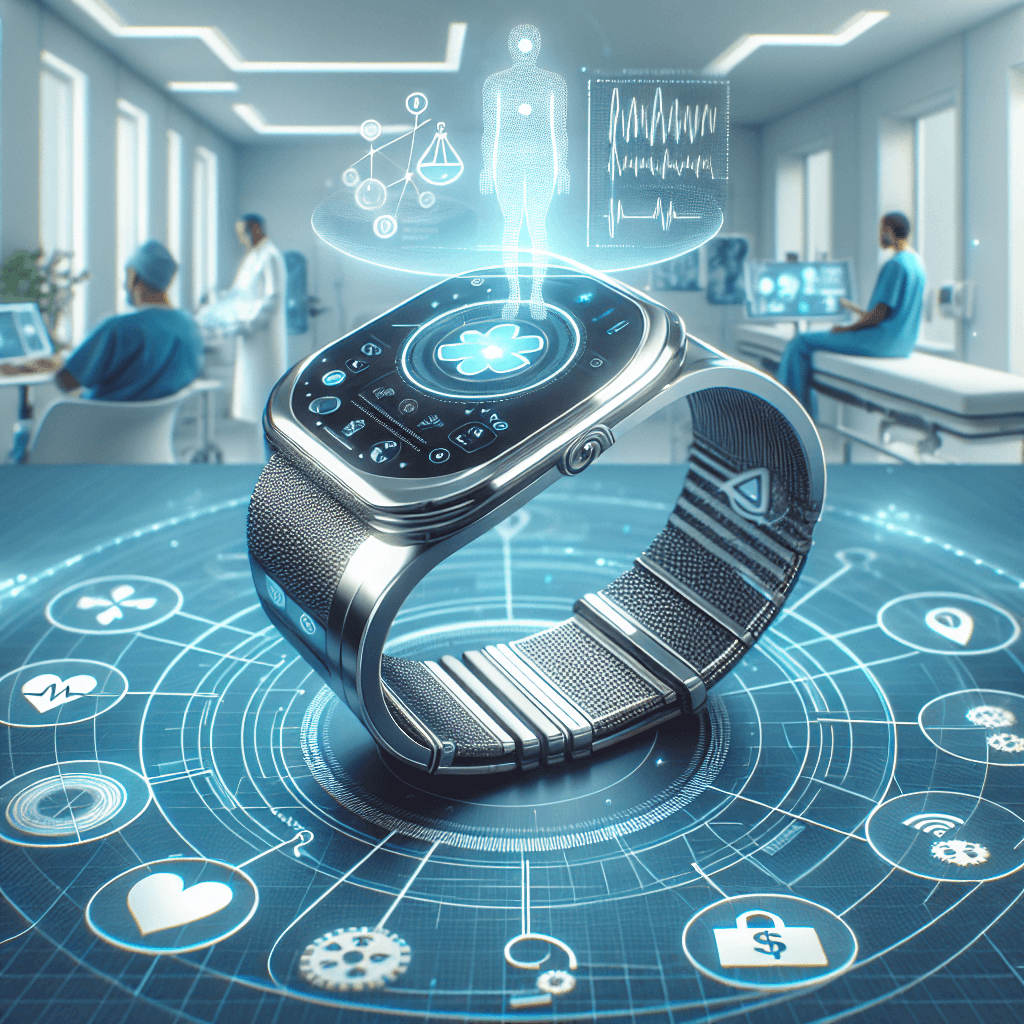
9. Robotics and Remote Surgery
Robotics and remote surgery have the potential to significantly impact the field of healthcare by enabling surgeons to perform procedures remotely, with the assistance of surgical robots and teleoperated surgical systems.
9.1 Surgical Robots
Surgical robots can be remotely controlled by surgeons to perform complex surgical procedures with precision and accuracy. These robots can enhance surgical outcomes by providing surgeons with a greater range of motion, improved visualization, and increased dexterity.
9.2 Teleoperated Surgical Systems
Teleoperated surgical systems enable surgeons to perform procedures remotely, with the assistance of robotic arms and advanced imaging technologies. These systems allow surgeons to operate on patients in remote locations, providing access to specialized care and expertise.
10. Cloud Computing
Cloud computing has become an essential component of remote health monitoring, providing centralized data storage and scalable infrastructure for healthcare organizations.
10.1 Centralized Data Storage and Access
Cloud computing enables healthcare organizations to store and access patient data in a centralized manner, ensuring security, availability, and accessibility. This allows healthcare professionals to access patient information anytime, anywhere, facilitating seamless remote health monitoring and care coordination.
10.2 Scalable Infrastructure
The scalability of cloud computing infrastructure allows healthcare organizations to handle large volumes of patient data and support the increasing demand for remote health monitoring solutions. Cloud-based platforms can easily accommodate the growth in users and data, ensuring the efficient and uninterrupted delivery of remote healthcare services.
In conclusion, remote health monitoring has witnessed significant advancements in various technological domains. From wearable devices and telemedicine to artificial intelligence and robotics, these innovations have the potential to enhance healthcare delivery, improve patient outcomes, and transform the way healthcare is delivered remotely. Embracing these innovations will undoubtedly lead to a future where access to quality healthcare is not limited by geographical boundaries.
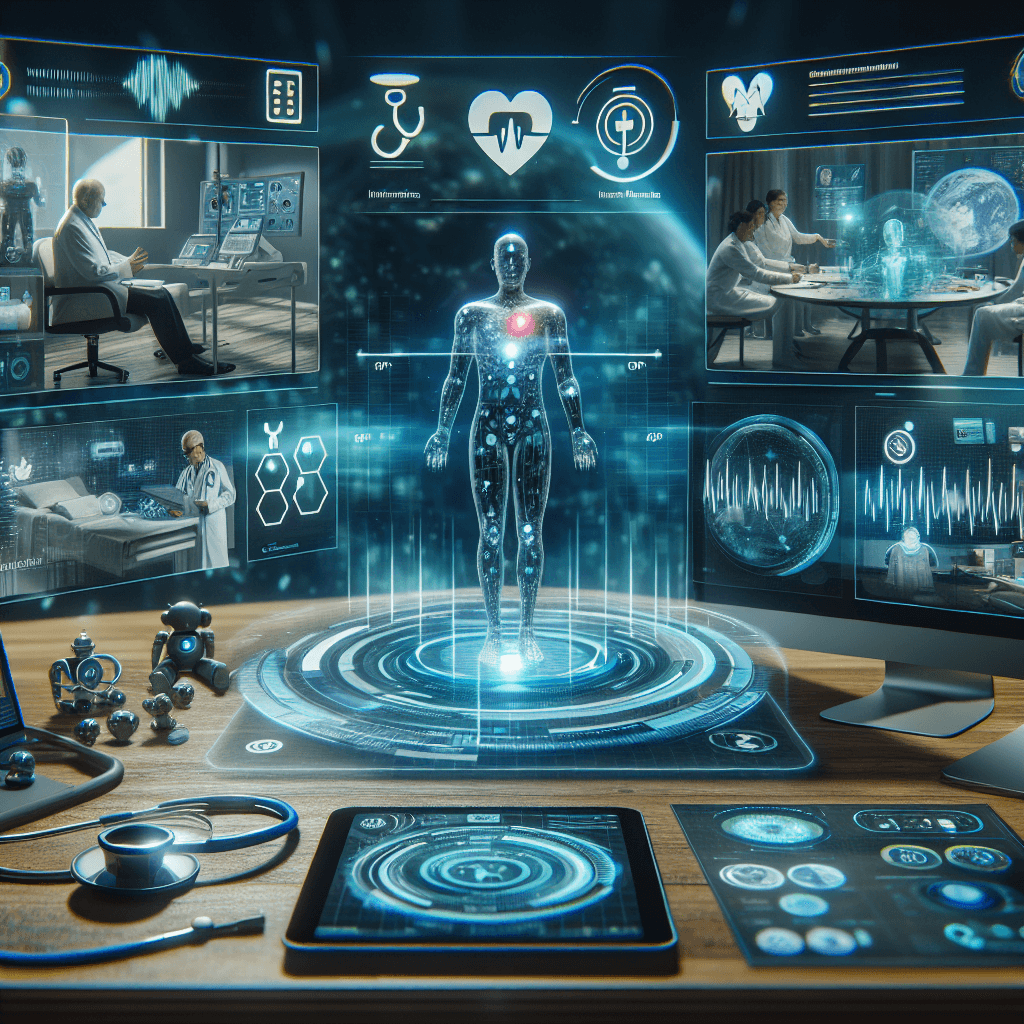
Related site – Wearable Technology: Advancing Healthcare Through Enhanced Patient Adherence To Monitoring Devices

